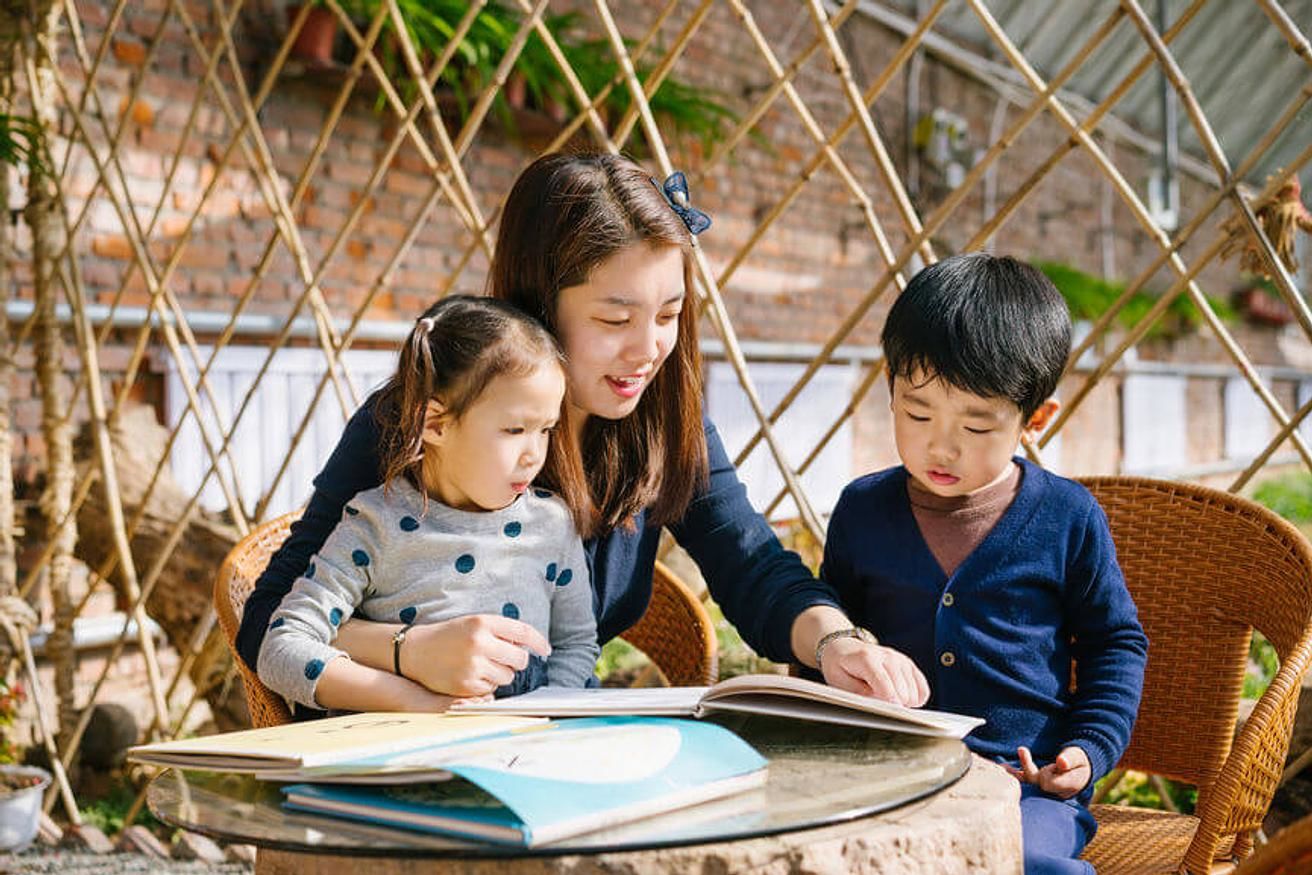At Kids First OT, engagement is at the core of how we work with children to help them reach their goals. We believe that engagement flourishes when children feel secure and are engaged in purposeful activities. To achieve this level of engagement, we need to be responsive and flexible when we interact with each child. It is also essential to respect the child’s autonomy while also ensuring the immediate environment supports their functioning (D’Arrigo et al., 2020). Below, we will delve into the multifaceted aspects of engagement essential for attaining positive outcomes with children.
The primary objective of each session is to establish engagement with the child, as it serves as the foundation for activating intrinsic motivation. This motivation empowers children to persevere, maintain focus and enthusiastically pursue meaningful goals. Persisting with a session in the absence of engagement can undermine the therapeutic relationship, as it prevents collaboration and detracts from a child-centred approach. In saying this, it is important to recognise that engagement is a dynamic process that commences from initial contact with the child, and ebbs and flows throughout the session, extending even after the session. If engagement diminishes during an activity, or if a lack of interest arises, it is the occupational therapist's responsibility to swiftly adapt the activity or method of engagement to reignite it.
Continuing from this point, building rapport is crucial for sustaining engagement across sessions. By including the child’s interests and giving them some control over the session, we build a positive therapeutic relationship that encourages engagement from the beginning of the session. As rapport strengthens, the child feels secure, enabling the therapist to meet the child where they are, no matter their level of arousal or mood, and gradually guide them towards achieving an appropriate level of regulation for working on the session’s goals.
We also recognise that engagement extends beyond therapy sessions, including activities such as therapy homework and even the child’s perception of their participation in occupational therapy. This ongoing engagement heavily relies on parental involvement and active participation in the therapy process. By working on occupational therapy goals alongside your child, you not only strengthen the child-parent relationship, but also enhance the therapist’s connection with the child. When a child can work alongside an individual they are connected to, there is a greater sense of commitment to engage in productive work. At Kids First OT we are committed to equipping parents with the tools and knowledge to continue the therapy process at home. We’re always available to address any questions parents may have to facilitate the seamless continuation of progress outside of therapy sessions.
We want to reaffirm that engagement does not look a certain way for every single child. The manner in which each child engages is inherently unique, with every behaviour serving as a form of communication indicating their level of engagement. It is important for therapists to also recognise that silence can also be a form of engagement, just as parallel play can indicate engagement. The key lies in accurately assessing the behaviours displayed and understanding the child to effectively navigate and maintain the flow of engagement throughout the session.
References and Resources for further information:
-
Podcast: The Power of Engagement by New PossibilOTs
-
D’Arrigo RG, Copley JA, Poulsen AA, Ziviani J. The Engaged Child in Occupational Therapy. Canadian Journal of Occupational Therapy. 2020;87(2):127-136. doi:10.1177/0008417420905708
